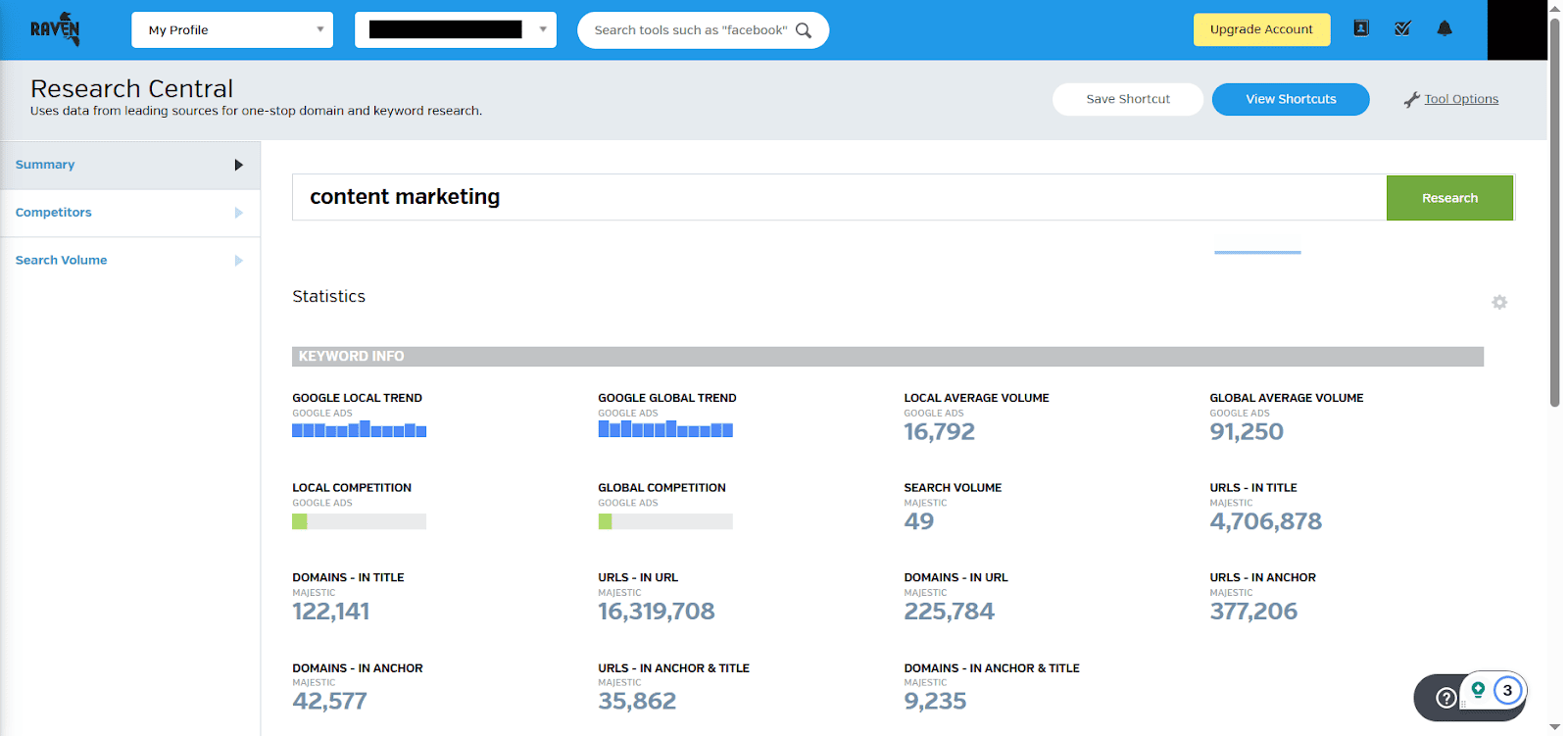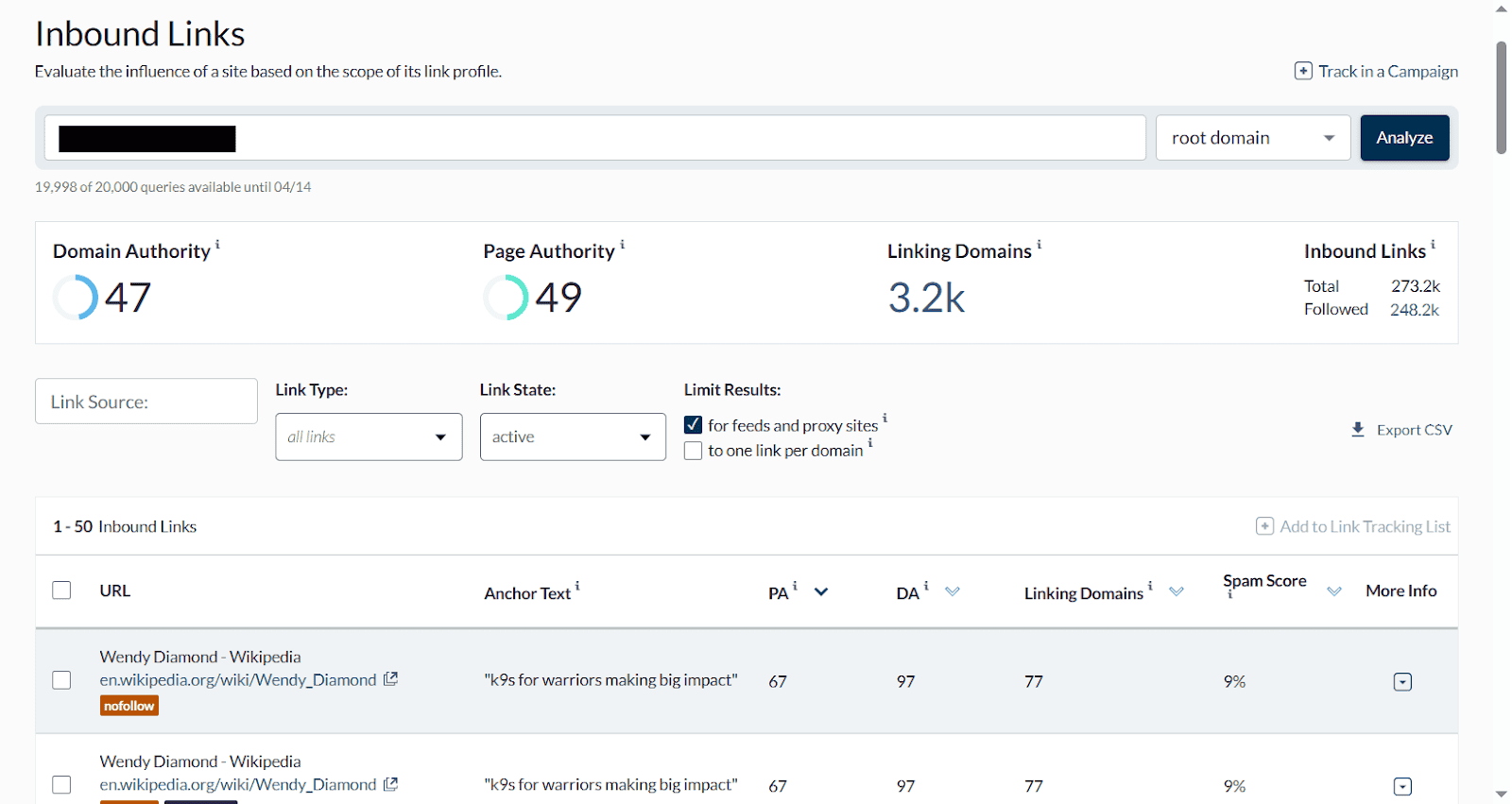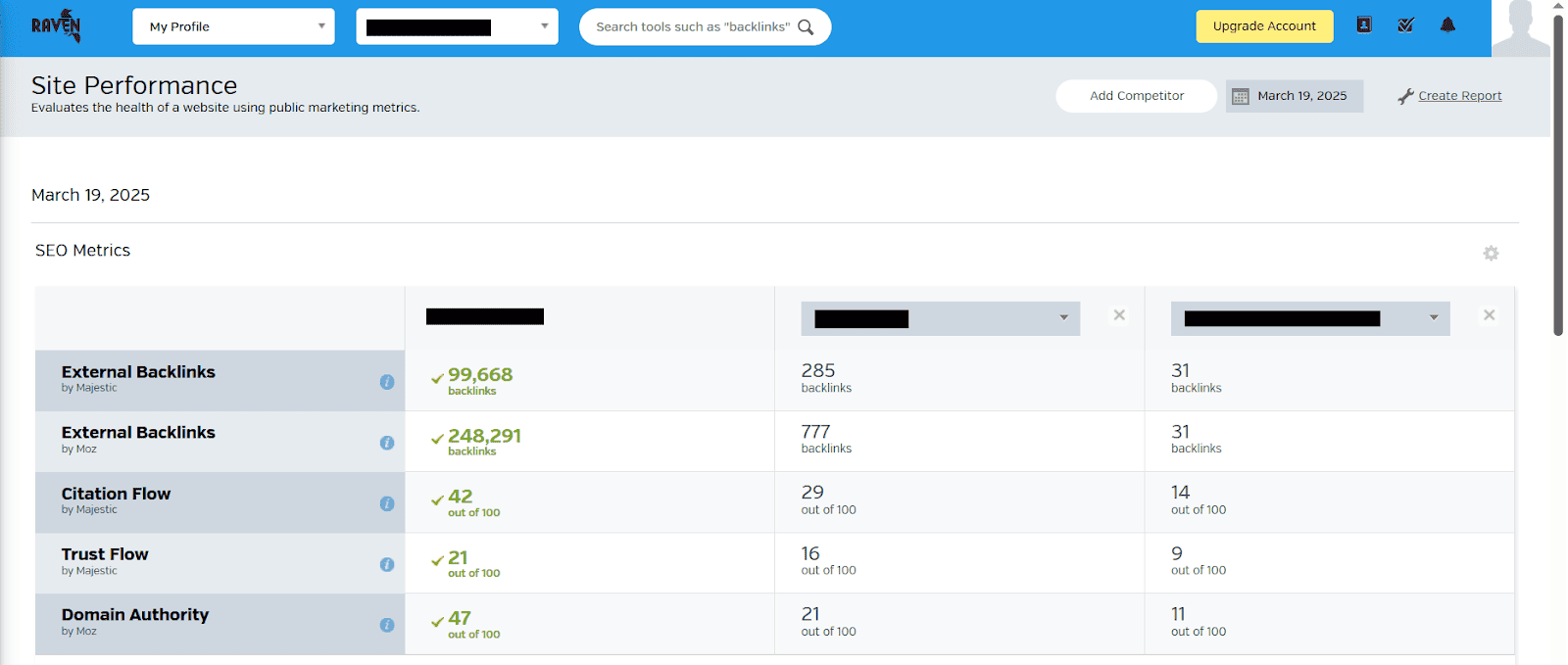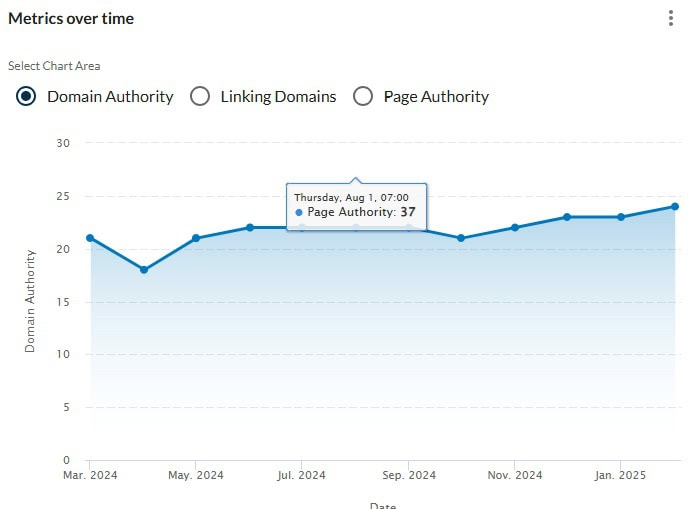Last Updated on May 21, 2025 by Ewen Finser
Don’t you find it funny that so many SEO tools claim to be the “all-in-one” solution, but few succeed in actually hitting that mark? It’s a pet peeve of mine. Every software wants to be seen as the digital Swiss Army knife for the marketing world, but things begin to break down when you start to research and dig into the nitty-gritty.
I was reminded of this recently when a client asked me to help them decide between Moz Pro and Raven Tools. Both are highly respected. However, I needed to help determine which would be worth their investment.
The truth is that there is no “one-size-fits-all” solution for SEO tools. Imagine trying to navigate a forest with two different maps. One focuses on detailing the plant life and foliage, while the other is a meticulously detailed map of the trails. That’s essentially the difference we’re exploring.
However, I knew that by identifying the features necessary to support their marketing needs, I could help find the “right fit.”
After carefully reviewing, testing, and getting to know the two tools, here’s what I found:
The Short Answer:
If you’re a small business looking for a simple solution, Raven Tools might offer plenty for you. However, if you’re looking for something more robust or with more in-depth analysis, I recommend going to Moz.
I personally rely more on SEO tools for organic visibility, and this is where Moz shines. It has all of the traffic data, search insights, and rank tracking, available lightning fast. Unlike other suites I've tried, Moz is quick with little lag time.
Keyword Research
Knowing that keyword research is the foundation of a solid SEO strategy, this is the first aspect of any SEO tool I look into.
Moz offers a powerful and insightful research tool. I found the search dashboard very user-friendly, making finding the information I needed easy. By showing the keyword difficulty, estimated clickthrough rate, and minimum DA required to rank in the top 10, it allowed me to make a quick decision on whether a keyword phrase was worth exploring further or not.
One feature I really liked was the inclusion of primary search intent for your search term, which allows you to determine if it will align with your marketing focus before investing any further time and effort into targeting it.

Raven Tools takes a slightly different approach to keyword research data. After entering a keyword phrase, it delivered information collected and compiled from various sources, including the Google Keyword Planner.
The data it offers can be very valuable when doing your keyword research. Sure, I could find much of this information myself, but the time saved with Raven tools gathering it all for me is invaluable. After all, most of us already have FAR too much on our plates without overcomplicating our keyword research!
That said, while it does show a lot of fundamental data, Raven Tools lacks the in-depth scoring systems that Moz incorporates. This meant I had to conduct more manual analysis of the SERPs to decide whether a keyword was a good strategic option.

Rank Tracking
Both Moz Pro and Raven Tools have rank-tracking capabilities, but I quickly found there was a considerable difference in the reliability of the data they provided. The tracking features include keyword rankings and historical data, but I found the data from Raven Tools didn’t appear consistent throughout my testing.
Questioning whether it was the tool itself or user error, I did some research into the experiences of other users, reading through several reviews and conversations in the marketing space, and quickly found this was a problem reported by others as well.
Another critical difference I found was that Moz included mobile rank tracking, which was noticeably missing on Raven Tools. With today’s mobile-first society, this heavily impacts my opinion of the tools, making Moz the more dependable choice.
Backlink Analysis
I had high hopes for what Moz would offer in terms of backlink analysis and website strength, given the company’s well-known domain authority rating, and I wasn’t disappointed. I was impressed with the in-depth report. It clearly outlined who is linking to you, what anchor text they are using, and, using a spam score, which links could be harming your site.

One feature I really appreciate is the Link Intersect. This lets you compare the backlink profile of up to 5 competitors with your site, identifying potential link opportunities where your competitors are being linked and you’re not currently.
Unlike Moz, Raven Tools doesn’t have its own ranking system. Instead, it integrates with Majestic’s extensive backlink database. If you’re already a fan of Majestic (like I am), this means you can access the information you want in a single dashboard without having to move between different tools.
The data available in both tools appeared to be comparable and reliable. Your decision will largely depend on whether you prefer Moz’s in-house ranking systems or if you’d rather rely on Majestic’s data.
Competitor Analysis
Moz Pro and Raven Tools both make it easy to keep a close eye on your competitors with their competitor analysis tools, but they approach it with slightly different strengths.
Moz Pro’s “Competitor Research” visually compares top-performing keywords, rankings, and backlink profiles. I found it easy to spot areas where I may be falling behind, as well as those where I’m excelling, painting a clear picture of where my site stands in the bigger picture.
I was able to discover new competitors (or those I simply was unaware of before), identify keyword gaps, and create a plan using the actionable insights the tool provided.
Like with other features, Raven Tools approaches competitor analysis with a more data-driven focus. While it provides a lot of information, it doesn’t take it to the next step like Moz does. This means you will need to do more manual interpretation to identify opportunities.

However, Raven Tools may be the better choice if you’re looking for a more comprehensive view of what your competitors are doing online. The fact that I can analyze social media activity in the same dashboard as my website competitor analysis caught my eye, saving time and avoiding the hassle of switching between multiple platforms.
Site Auditing
Both Moz Pro and Raven Tools provide site auditing tools. I tested the two and found there wasn’t one clear winner. Instead, they each have slightly different strengths.
I was genuinely impressed with how well Moz Site Crawl identifies technical SEO issues, such as duplicate content, missing meta tags, and crawl errors. Not only did the tool give me a clear picture of a website’s health, but it also links to clear instructions to address the problems identified.
Far too often, auditing tools leave people feeling frustrated and overwhelmed, so I was impressed with the clear and easy-to-follow steps walking you through the necessary changes.

Raven Tools Site Auditor focuses heavily on the technical SEO issues you may encounter on your website, like broken links, page speed, and on-page optimization. The report doesn’t include solutions like those offered in Moz, but it links to Google’s help articles.
Reporting
Of course, when you’re communicating all the valuable data from these tools to others in your marketing team and beyond, clear and easy-to-read reports are necessary. I love the customizability of Moz’s reporting system, making it easy to tailor the information to the specific needs of each situation. It also seamlessly integrates with Google Analytics to pull the data from both sources into a single, comprehensive document.
While I liked the Moz reporting, this was really where I felt that Raven Tools stood out. In addition to basic website data, Raven Tools let me pull in far more touchpoints of my marketing efforts, including social media platforms and PPC campaigns.
With Raven Tools, you can also leverage historical data reporting. I see this as valuable for long-term performance reporting and detailed client-facing reports, as well as to track trends, guiding future marketing decisions.
Pricing
Of course, no comparison is complete without addressing the elephant in the room: pricing. After all, we’re all working hard to stay on budget!
- Moz offers paid plans starting from $49/month for 1 user and 1 tracked site. You can always take advantage of the free trial as well.
- Paid plans for Raven Tools start at $39/month for 2 users and 2 tracked domains.
Both tools offer a free trial, allowing you to explore the range of features they offer before committing.
So, which tool comes out ahead in this showdown? This was a fun comparison to do as a self-proclaimed SEO geek.
While Raven Tools made it easy to see all the basic data I would typically search for across a list of tools and online sources in a single dashboard, I can’t help but feel that Moz outperforms in most key areas.
Moz also really stood out with its SEO alerting feature. Keeping an eye on my website’s performance automatically for me and letting me know if any significant changes could affect its performance (like new backlinks, keyword ranking changes, or technical errors) made it easy to stay ahead of the curve and even identify some big opportunities. This feature alone is worth every penny, in my opinion.
At the end of the day, it’s not a one-size-fits-all scenario. Consider your specific needs, budget, and technical expertise before deciding.
If you’re a small business owner on a tight budget, Ravel Tools might provide everything you need while keeping the costs down. However, if you want to take your SEO efforts to the next level and have the available budget, Moz is likely the better investment.
I personally rely more on SEO tools for organic visibility, and this is where Moz shines. It has all of the traffic data, search insights, and rank tracking, available lightning fast. Unlike other suites I've tried, Moz is quick with little lag time.


